Fossil-rich sites are scattered across the globe, but only a select few earn the coveted designation of “Lagerstätten.” These extraordinary fossil deposits offer scientists a rare glimpse into ancient ecosystems with exceptional preservation and completeness that standard fossil sites simply cannot match. The term “Lagerstätten” (singular: Lagerstätte) comes from German, combining “Lager” (storage place) and “Stätte” (place), effectively meaning “storage places” – and these sites truly are natural storehouses of prehistoric life. While most fossil sites preserve only hard parts like bones, teeth, or shells, Lagerstätten can preserve soft tissues, complete organisms, and sometimes even provide insights into ancient ecological relationships. They represent paleontological treasure troves that have fundamentally shaped our understanding of life’s evolution on Earth.
The Definition and Origin of the Term “Lagerstätten”
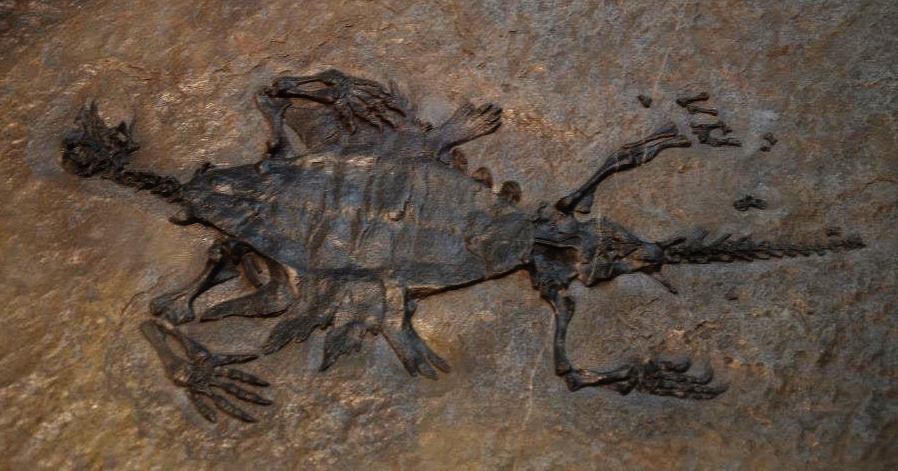
The term “Lagerstätten” was introduced to paleontology by German paleontologist Adolf Seilacher in the 1970s, though its mining origins date back further. In mining terminology, “Lagerstätte” referred to economically valuable mineral deposits, but Seilacher repurposed it to describe unusually rich or complete fossil deposits. Paleontologists now recognize Lagerstätten as sites with either extraordinary fossil richness (concentration Lagerstätten) or exceptional preservation quality (conservation Lagerstätten), with some remarkable sites featuring both characteristics. The concept has become fundamental in paleontology because these sites offer information about ancient life that would otherwise be unavailable through conventional fossil records. Unlike ordinary fossil sites that might preserve only scattered bones or shells, Lagerstätten provide windows into entire ecosystems frozen in time, sometimes preserving the most delicate structures like soft tissues, feathers, or even cellular details that would normally decompose without a trace.
Concentration vs. Conservation Lagerstätten: Understanding the Difference

Paleontologists distinguish between two main types of Lagerstätten, each offering different insights into ancient life. Concentration Lagerstätten represent fossil sites with an unusual abundance of specimens, essentially mass accumulations of fossil material concentrated in one location. These might include bone beds where numerous animals died in a single event, such as the dinosaur-rich deposits in Alberta’s Dinosaur Provincial Park, where thousands of specimens have been excavated. Conservation Lagerstätten, by contrast, are characterized by exceptional preservation quality rather than quantity, often preserving soft tissues, complete articulated skeletons, or even cellular details that would normally disappear during decomposition. The most scientifically valuable sites, known as conservation-concentration Lagerstätten, combine both qualities: vast numbers of exceptionally preserved fossils that provide unprecedented insights into ancient ecosystems. These rare sites, like the Burgess Shale in Canada, offer both population-level data and fine anatomical details that allow scientists to reconstruct entire prehistoric communities with remarkable accuracy.
The Unusual Conditions That Create Lagerstätten

The formation of Lagerstätten demands extraordinary circumstances that interrupt the normal processes of decomposition and disarticulation that typically destroy most organic material after death. For exceptional preservation to occur, organisms must be rapidly removed from oxygen-rich environments where bacteria and scavengers would quickly break down tissues. This often happens through quick burial in fine sediments, especially in environments with low oxygen levels or high mineral content that can inhibit bacterial action. Some Lagerstätten form in anoxic lake or sea bottoms where oxygen-dependent decomposers cannot function, while others develop when organisms are rapidly encased in materials like amber, tar, or fine volcanic ash. Chemical conditions also play a crucial role, with minerals like pyrite sometimes replacing soft tissues before they can decompose, essentially creating a natural cast of structures that would otherwise leave no trace in the fossil record. The convergence of these rare conditions explains why Lagerstätten represent less than one percent of the total fossil record, making each site an invaluable scientific resource.
The Burgess Shale: A Window into Early Complex Life
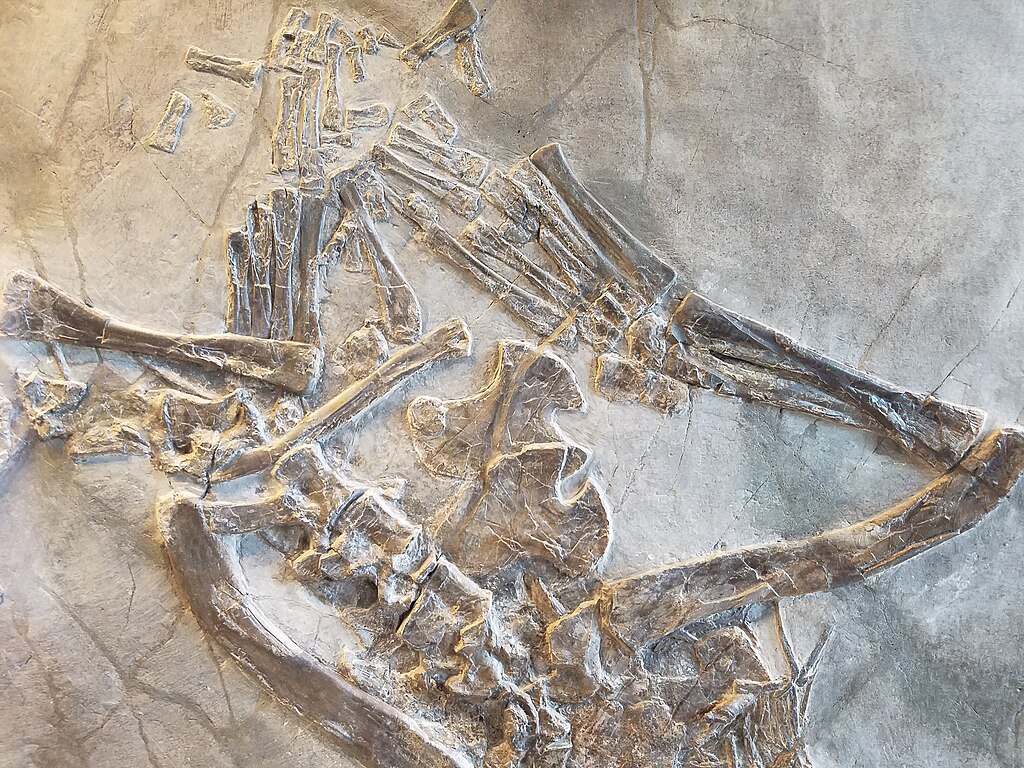
Perhaps the most famous Lagerstätte in the world, the Burgess Shale in the Canadian Rockies, revolutionized our understanding of the Cambrian Explosion – a pivotal period approximately 508 million years ago when complex animal life diversified dramatically. Discovered by paleontologist Charles Walcott in 1909, this extraordinary site preserves soft-bodied organisms with such fidelity that scientists can observe muscle tissue, digestive tracts, nervous systems, and even the last meals of creatures that lived half a billion years ago. The unique preservation conditions resulted from underwater mudslides that rapidly buried marine communities living on the seafloor, preventing decomposition and preserving even the most delicate anatomical structures. The Burgess Shale has yielded over 65,000 specimens representing more than 120 species, including bizarre creatures like Hallucigenia with its confounding arrangement of spines, Opabinia with its five eyes and frontal nozzle, and Anomalocaris, one of the earliest large predators with its distinctive front appendages and disk-like mouth. These fossils have been instrumental in reconstructing the early evolutionary history of almost all modern animal groups, demonstrating that many major body plans appeared suddenly during this period of evolutionary experimentation.
The Maotianshan Shales: China’s Cambrian Treasure

The Maotianshan Shales in China’s Yunnan Province represent another extraordinary Cambrian Lagerstätte, preserving a diverse ecosystem approximately 518 million years old that rivals the Burgess Shale in importance. Discovered in 1984, these deposits are slightly older than the Burgess Shale and offer complementary insights into early animal evolution during the crucial Cambrian period. The extraordinary preservation at this site extends to capturing the finest details of soft-bodied organisms, including their internal organs, nervous systems, and even individual cells in some cases. The Maotianshan fauna includes over 200 species, many representing the earliest known examples of major animal groups that still exist today, alongside numerous unusual forms that left no modern descendants. Perhaps most significantly, the site has yielded numerous specimens of Myllokunmingia, possibly the earliest known vertebrate, showing features of a primitive fish-like creature that represents a crucial transitional form in the evolution of all vertebrates, including humans. The Maotianshan Shales have been instrumental in completing our picture of the Cambrian explosion, demonstrating that complex animals evolved simultaneously across different regions of the ancient oceans.
The Solnhofen Limestone and the Famous Archaeopteryx

The Solnhofen Limestone in Bavaria, Germany, stands as one of the most historically significant Lagerstätten, having yielded the first specimen of Archaeopteryx in 1861—a discovery that provided critical evidence supporting Darwin’s then-newly published theory of evolution. This Late Jurassic formation, approximately 150 million years old, consists of exceptionally fine-grained limestone that formed in shallow tropical lagoons where high salinity and low oxygen levels prevented normal decomposition processes. The unique environmental conditions at Solnhofen resulted in the preservation of incredibly detailed fossils, including complete skeletons with impressions of soft tissues, feathers, wing membranes, and even preserved skin. Beyond the revolutionary Archaeopteryx specimens showing transitional features between dinosaurs and birds, the Solnhofen has produced remarkably well-preserved pterosaurs, dinosaurs, fish, invertebrates, and plants, offering a comprehensive view of a Late Jurassic ecosystem. The exceptional quality of the limestone has made it valuable not only to paleontologists but also to lithographers—indeed, the first Archaeopteryx specimen was discovered in a quarry mining the stone for printing, lending its name “Archaeopteryx lithographica” to this connection with printmaking technology.
The Green River Formation: Preserving an Entire Ecosystem

The Green River Formation spanning Wyoming, Colorado, and Utah represents one of the most extensive Lagerstätten in the world, preserving an entire ecosystem that flourished during the Eocene Epoch approximately 50 million years ago. Unlike many Lagerstätten that capture a single environment, this formation preserves an interconnected system of ancient lakes that existed for over 5 million years, recording long-term ecological changes in unprecedented detail. The exceptional preservation resulted from the lakes’ stratified waters, with deeper zones lacking oxygen that prevented scavengers and bacteria from decomposing organic material that sank to the bottom. The formation has yielded millions of extraordinarily preserved fish fossils, often showing scales, fins, and even stomach contents intact, alongside fossils of birds, bats, reptiles, amphibians, and diverse plants that provide a comprehensive picture of this subtropical ecosystem. Perhaps most remarkable are the Green River insects, preserved with such fidelity that scientists can observe wing venation patterns, compound eyes, and even color patterns that have survived for 50 million years. The formation’s exceptional fossil record has allowed paleontologists to track subtle evolutionary changes through distinct layers representing different time periods, making it a natural laboratory for studying evolution and ecological dynamics over millions of years.
The Messel Pit: A Snapshot of Eocene Mammals
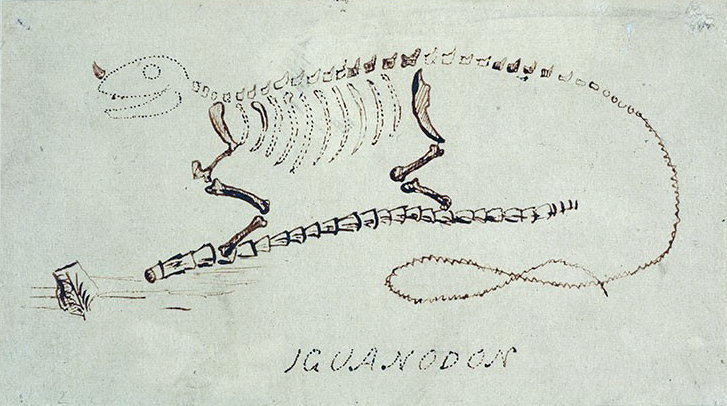
The Messel Pit Fossil Site near Darmstadt, Germany, represents one of the most important windows into mammalian evolution during the early Eocene epoch, approximately 47 million years ago. This UNESCO World Heritage Site preserves the remains of an ancient lake that formed in a volcanic crater, where stagnant, oxygen-poor waters at the bottom created ideal conditions for exceptional preservation. What makes Messel truly remarkable is the preservation of soft tissues and even stomach contents, allowing scientists to determine not just the anatomy but also the diets and ecology of extinct species. The site has yielded numerous complete skeletons of early horses, primates, bats, birds, reptiles, amphibians, fish, and countless insects, many showing fur, feathers, skin outlines, and internal organs. Perhaps the most famous Messel fossil is “Ida” (Darwinius masillae), a remarkably complete primate skeleton that preserves even the outline of fur and stomach contents, providing insights into early primate evolution. The site has also yielded the earliest fossil evidence of bats capable of echolocation, preserved so perfectly that the delicate ear structures used for this specialized sense remain intact after 47 million years. The extraordinary preservation at Messel has allowed paleontologists to reconstruct an entire ancient ecosystem in remarkable detail, from the smallest insects to the largest mammals that inhabited this lush, subtropical environment.
The Jehol Biota: Feathered Dinosaurs and Early Birds

The Jehol Biota, preserved in the Early Cretaceous deposits of northeastern China’s Liaoning Province, has revolutionized our understanding of dinosaur-bird relationships through its exceptional preservation of feathered dinosaurs approximately 120-130 million years old. This remarkable Lagerstätte formed when volcanic ash rapidly buried organisms near ancient lakes, preserving even the most delicate structures like feathers, fur, and skin with extraordinary fidelity. The Jehol fossils have provided irrefutable evidence of the evolutionary connection between theropod dinosaurs and modern birds, with specimens like Sinosauropteryx (the first non-avian dinosaur discovered with preserved feathers) and Microraptor (a four-winged dinosaur that may have glided between trees) filling crucial gaps in the evolutionary record. Beyond its famous feathered dinosaurs, the Jehol Biota preserves a diverse ecosystem including early mammals, pterosaurs, insects, fish, amphibians, and plants, providing a comprehensive snapshot of an Early Cretaceous terrestrial community. The exceptional preservation extends to soft tissues and stomach contents, allowing paleontologists to reconstruct feeding relationships within this ancient ecosystem with remarkable precision. Since the first major discoveries in the 1990s, the Jehol Biota has yielded thousands of specimens representing hundreds of species, many preserving soft tissues and anatomical details that would be completely lost in conventional fossil sites.
La Brea Tar Pits: A Pleistocene Predator Trap
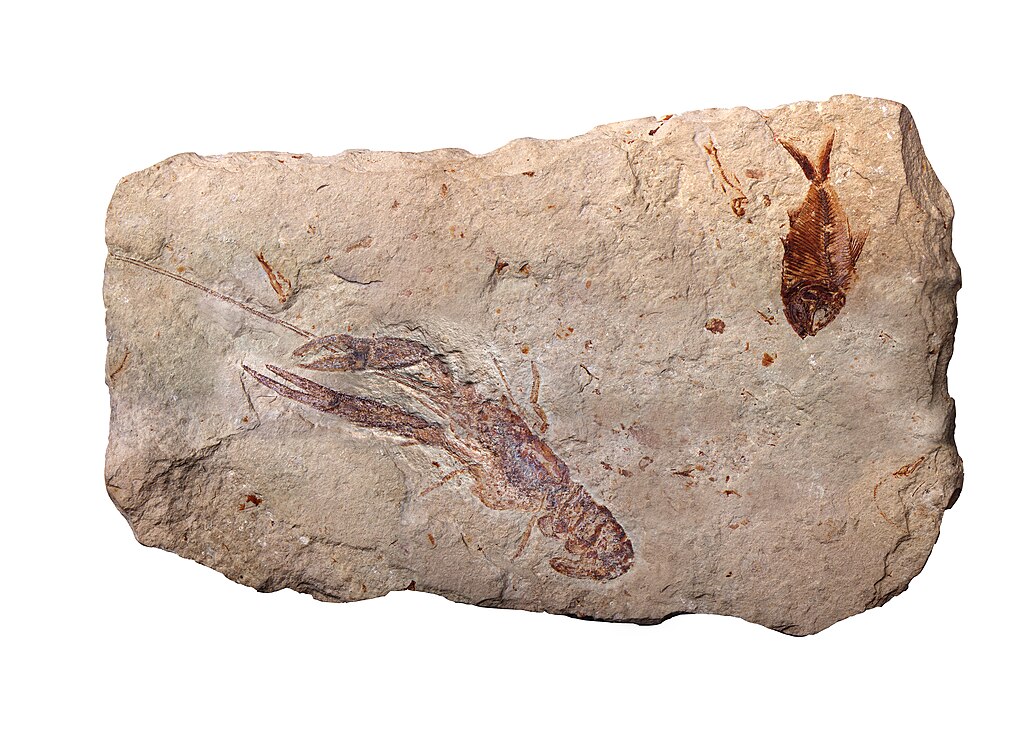
The La Brea Tar Pits in Los Angeles, California, represent a unique type of Lagerstätte known as an asphalt seep, where natural petroleum deposits reached the surface and trapped animals over the past 50,000 years. Unlike most Lagerstätten that preserve ancient life from millions of years ago, La Brea offers an extraordinary window into the late Pleistocene ecosystem that existed just before and during human arrival in North America. The preservational mechanism at La Brea is distinct from other Lagerstätten—sticky asphalt trapped large animals that became bait for predators, creating a cascading effect that has preserved over 3.5 million specimens representing more than 600 species. The asphaltic deposits create exceptional preservation conditions, preventing decomposition and preserving not just bones but sometimes hair, skin impressions, and even plant materials that would normally decay. The site shows a remarkable bias toward carnivores, with predators and scavengers outnumbering herbivores by approximately 9:1, a reverse of typical ecosystem proportions that reflects the “predator trap” nature of the site. Beyond the iconic mammals like saber-toothed cats, dire wolves, and mammoths, La Brea preserves a comprehensive record of plants, insects, birds, and microscopic organisms that together provide an unparalleled view of a North American ecosystem during the last Ice Age, just before many of these species went extinct.
Amber: Microscopic Details Preserved in Tree Resin

Amber represents one of nature’s most remarkable preservation mechanisms, creating miniature Lagerstätten that capture ancient organisms with microscopic precision in fossilized tree resin. When sticky resin flows from injured trees, it can entrap small organisms like insects, spiders, small vertebrates, and plant materials, preserving them in three-dimensional detail as the resin hardens and eventually fossilizes through chemical changes over millions of years. The preservation quality of amber exceeds nearly all other fossil types, capturing not just external anatomy but sometimes cellular structures, original coloration, and even subcellular details like cell nuclei. Perhaps most extraordinarily, amber has preserved ancient DNA fragments, though not the complete genomes popularized in fiction—nonetheless, biomolecules surviving for tens of millions of years provide valuable biochemical information about extinct organisms. The most famous amber deposits include Baltic amber (40-60 million years old), Dominican amber (15-40 million years old), and Burmese amber (approximately 99 million years old), with the latter yielding remarkable discoveries including feathered dinosaur tails, primitive birds, and even marine organisms that became trapped in resin near ancient coastlines. Beyond preserving individual organisms, amber droplets sometimes capture ecological interactions frozen in time—predators attacking prey, parasites attached to hosts, insects carrying pollen, or mating behaviors that provide insights into ancient ecological relationships impossible to observe in conventional fossils.
How Lagerstätten Have Changed Our Understanding of Evolution
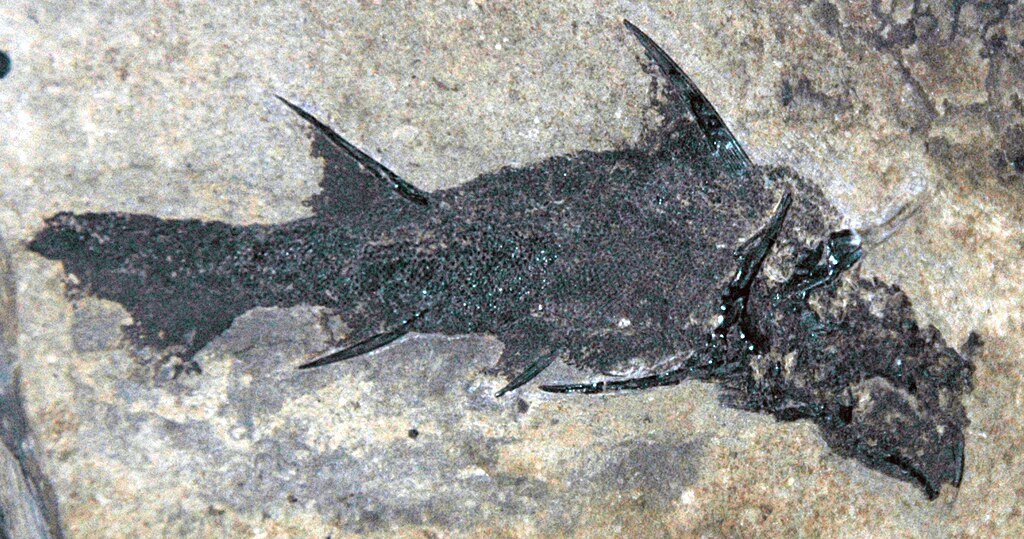
Lagerstätten have repeatedly transformed our fundamental understanding of evolution by preserving crucial transitional forms and revealing unexpected diversity that conventional fossil sites simply cannot capture. The Burgess Shale and similar Cambrian Lagerstätten revealed that the “Cambrian Explosion” was far more dramatic and diverse than previously imagined, showing that nearly all major animal body plans emerged rapidly during this crucial period, rather than through the gradual progression earlier hypothesized. The discovery of feathered dinosaurs in the Jehol Biota definitively bridged the evolutionary gap between reptiles and birds, providing the missing evidence that had been theorized but never before seen in such detail. These exceptional fossil sites have demonstrated that evolution often proceeds through complex branching patterns rather than linear progressions, revealing numerous evolutionary experiments that left no descendants despite their initial success. Lagerstätten have also revolutionized our understanding of anatomical evolution by preserving soft tissues that show how internal organ systems evolved alongside skeletal structures. The exceptional preservation in these sites has repeatedly demonstrated that many features once thought to be recent evolutionary innovations—like feathers, complex eyes, or specialized feeding structures—actually appeared much earlier in evolutionary history than previously recognized. Without Lagerstätten, our understanding of life’s history would be fundamentally incomplete, limited to interpretations based only on hard parts that represent a small fraction of most organisms’ biological features.




